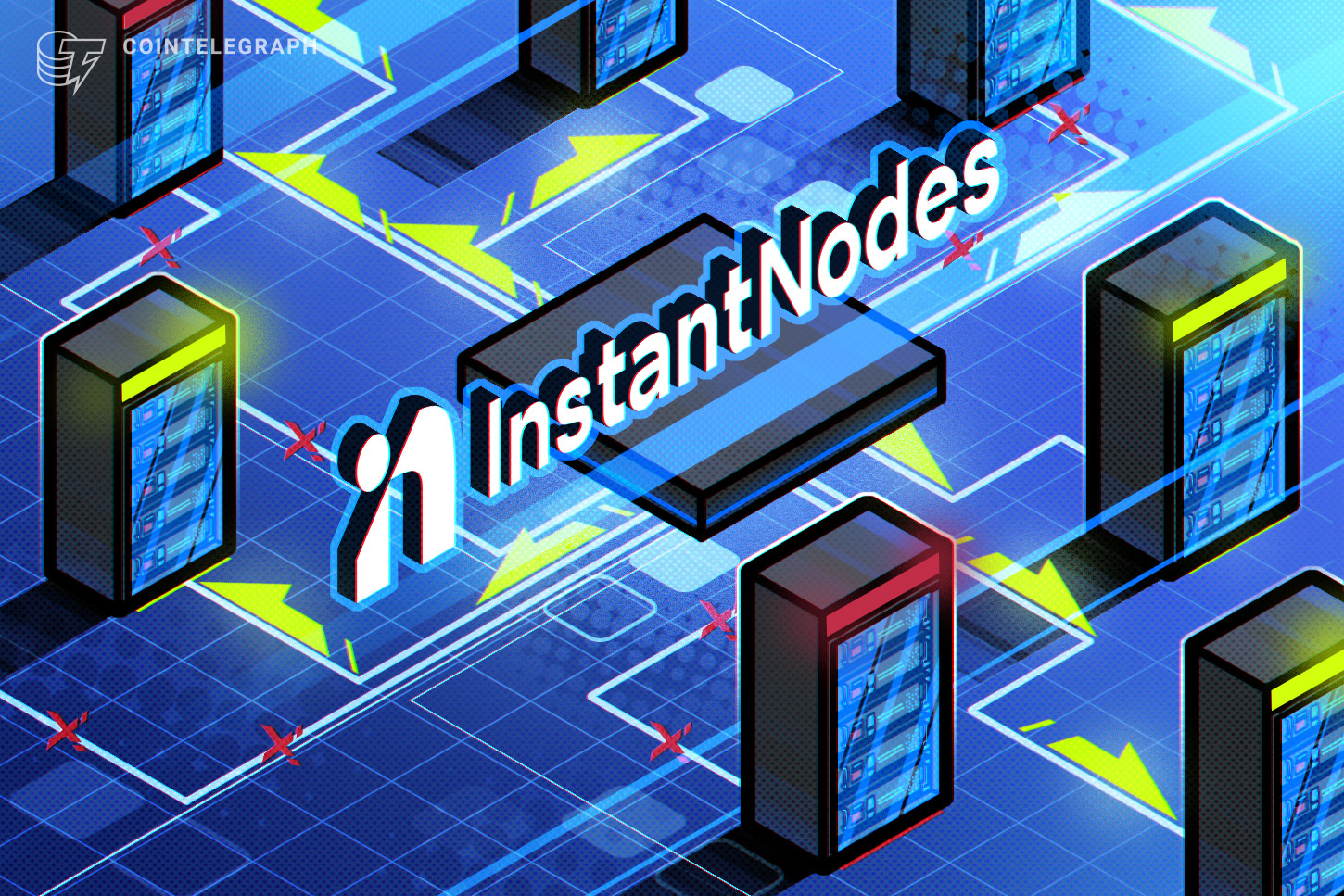Sponsored Content
Solana’s resurgence has exposed a familiar choke point for the blockchain ecosystem. The RPC layer that every wallet, decentralized exchange (DEX), bot and indexer depends on to read state and stream program logs. RPC, short for remote procedure call, can be imagined as Solana’s nervous system — carrying instant queries and continuous log streams between apps and the chain, so every swap, bot tick, and wallet click translates into a timely state.
When traffic surges during airdrops, hot mints or memecoin frenzies, the difference between a responsive RPC and a congested one is the difference between filling orders and watching them time out. In early 2024, for example, Solana’s fail rate briefly spiked to 75% amid bot-driven order flow, forcing teams to rethink infrastructure assumptions.
The stakes are uniquely high on Solana because the chain targets 400 ms slots (often 400–600 ms in practice). Block hashes expire in roughly 60–90 seconds, which leaves little margin for slow reads or dropped streams; if clients can’t keep up, transactions die. High-frequency apps, therefore, require consistently low-latency RPC, not just peak throughput on paper.
Messari estimates daily non-vote transactions averaged around 95 million in Q1 2025, propelled by DEX activity. Aggregators like Jupiter now process tens of billions in monthly volume, amplifying pressure on subscriptions and read endpoints when volatility hits.
What a hybrid RPC can offer
Most “premium” RPC tiers still mean one tenant, one node, one queue. That isolation improves predictability, but it also forces lightweight calls and heavyweight streams to compete for the same CPU, memory and network. Under mixed load, queues grow, tail latencies spike and long-lived streams drop — pushing teams to overprovision hardware they only need a few hours a week.
A hybrid design splits the work into lanes and routes each request by weight and type. Lightweight reads go to high-concurrency shared clusters optimized for throughput and caching; streaming operations are isolated on dedicated compute tuned for long-lived, bandwidth-intensive flows via WebSockets or gRPC. The outcome is fewer head-of-line stalls and steadier subscriptions even during bursts.
Hybrid RPC in action
InstantNodes positions itself as a hybrid RPC provider for Solana that is built for enterprises and institutions. Its routing engine sends small, cache-friendly calls to shared clusters while isolating heavy operations — Geyser logs, program subscriptions, state diffs — on dedicated compute. Company materials emphasize optimized caching, layered load balancing, and EU/US multi-region redundancy to keep tail latency tight and availability high.
The team says that its infrastructure supports up to 60,000 requests per second, sub-50 ms targets for read traffic, and three or more backup nodes per region. Security and correctness features include SSL/TLS transport, DDoS protections, private endpoints with authentication, and a stated 99.999% data-accuracy goal, with real-time monitoring at 0.5-second intervals. Teams can configure per-method limits, analytics and gRPC via the Stoner Geyser plugin for efficient streaming.
How routing by request weight unlocks scale
Consider a DEX aggregator during a peak. Millions of short reads inform price discovery, while a smaller set of clients maintains high-fidelity program and log subscriptions. In a single-queue design, long-lived streams and bursts of read calls constantly step on each other’s toes. InstantNodes’ hybrid RPC can prevent that collision by pushing the reads to clusters built for concurrency and isolating the streams on machines sized for sustained throughput.
This separation has practical payoffs. Caches stay warm and effective for read-heavy endpoints, while streaming nodes avoid context switching and GC churn caused by floods of short requests. InstantNodes augments this with gRPC integration via the Stoner Geyser plugin to move log data efficiently, according to its materials.
The company says this is one reason major Solana players like Jupiter include InstantNodes among their primary providers — a real-world proof point that routing by request weight can stabilize production workloads when markets heat up.
Enterprise-grade guarantees for production Solana
For institutions, architecture is only half the story. Operators need knobs, observability, and predictable economics. InstantNodes highlights tailored rate limits and allowlists, real-time analytics, and transparent pricing (no opaque “credits”), plus 8/5 or 24/7 support tiers that align with trading desks. Geographical redundancy across EU and US regions, combined with multiple backups per region and intelligent load-balancing, reduces blast radius and allows maintenance without taking apps down.
A path to mass adoption
Solana’s next growth phase will be decided by whether critical infrastructure keeps pace while consensus throughput scales. The data clearly shows that volumes are large, slots are fast, and turbulence is periodic. RPC that adapts under pressure — separating light from heavy, routing dynamically and instrumented for control — has the potential to become the default for teams that live on low latency. InstantNodes’ hybrid approach offers one concrete blueprint with its intelligent and scalable RPC built for production.
The InstantNodes team envisions powering high-volume applications reliably as the next wave of Web3 adoption follows. As institutional demands mount, hybrid RPC is less a premium feature and more the baseline for execution at scale.
Ilgar Alekperov, InstantNodes owner, said:
"Hybrid isn’t a middle ground. It’s a leap forward where speed, security, and scale stop competing and start working together. Anyone can talk about innovation. We prove it. Run the benchmarks, run the stress tests hybrid is faster. Our numbers speak louder than marketing."
Disclaimer. Cointelegraph does not endorse any content or product on this page. While we aim at providing you with all important information that we could obtain in this sponsored article, readers should do their own research before taking any actions related to the company and carry full responsibility for their decisions, nor can this article be considered as investment advice.


